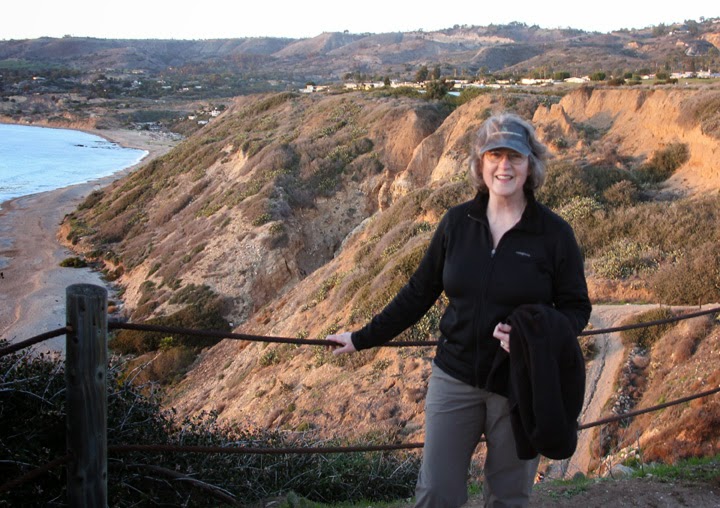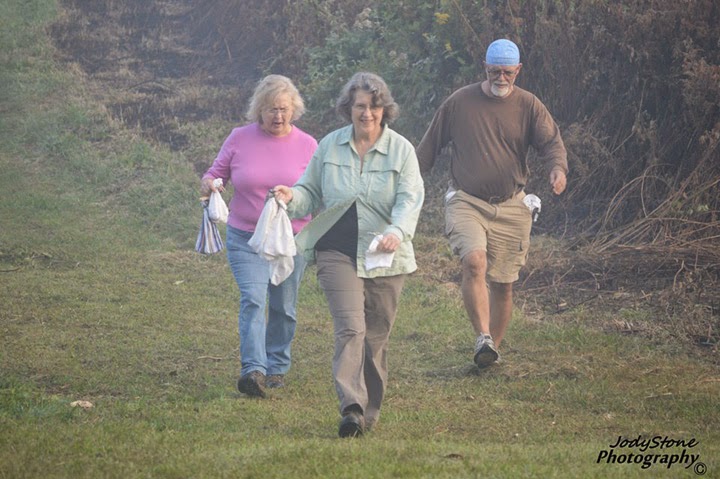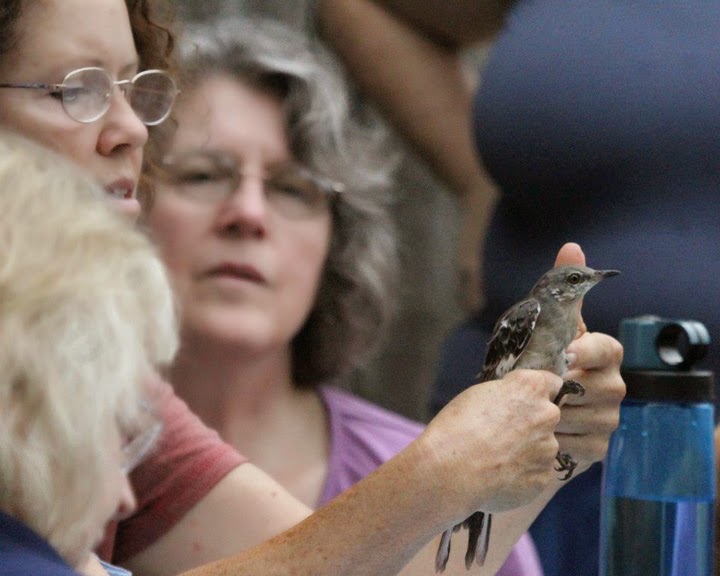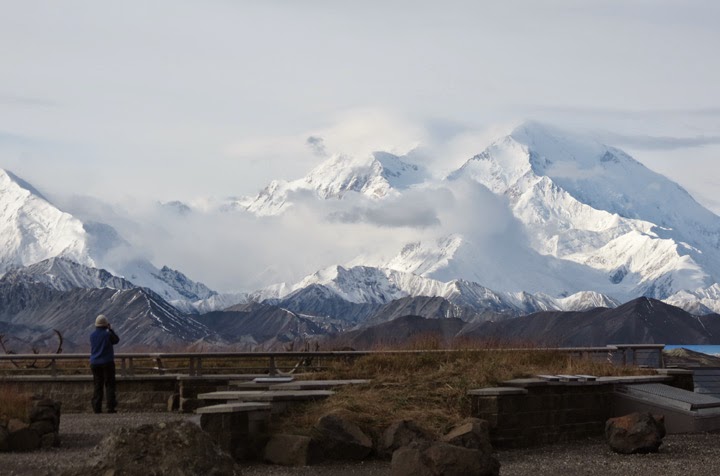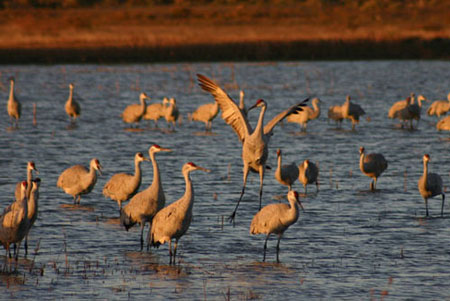On our final day in Churchill, we enjoyed a tour of the town's history and natural areas with interpretive guide, Paul Retson.
It was impossible to miss the rifle over the windshield. Polar Bears present a variety of challenges for the locals, sometimes coming into town, breaking into homes, taking a resident's storage of winter meat or causing general destruction and havoc. On the other hand, Polar Bears are one of the main attractions that bring tourist dollars to the Churchill economy.
The Polar Bear Holding Facility is more frequently called the "bear jail". After many years of trying to manage bears for the safety of bears and people, the holding facility has become the solution to problem bears.
Traps are baited and placed in the area where the problem bear frequents. Once the bear is captured, it is temporarily sedated and placed in the holding facility. Manitoba's Polar Bear Protection Act regulates conditions under which a live polar bear may be considered for placement in a captive situation. Bears are not fed while in the facility. Polar Bears are mostly fasting this time of year. The females fast while nursing their cubs except for chewing a bit of vegetation. The males are partially fasting and will feed on whatever food source they find. Officials learned many years ago, that if they feed the bears while they are in the facility, the bears remember the food and return, creating a worse problem.
While we were visiting, there were eleven bears being held in the facility. The bears are held for a pre-set number of days and then lifted out by helicopter and taken to a wilderness area and released.
The Hudson Bay shore area along Polar Bear Alley on the outskirts of Churchill.Churchill, Kaskatamagan and Kaskatamagan Sipi are three Wildlife Management Areas dedicated to protecting land habitat for polar bears in Manitoba. Together they encompass 14,000 sq km or 5405 square miles. Wapusk National Park, located 28 miles south of Churchill, protects 11,470 square km of land (4430 sq miles) and is one of the world's largest Polar Bear maternity denning areas in the world.
Our guide, Paul Retson, discusses the natural history of the area and bear trapping.
Wapusk is the native Cree word for polar bear. In order to protect the habitat and wildlife, the Park is accessible only by special permit and by helicopter or tundra buggy. Wapusk is the area where scientists first documented Grizzly Bears crossing over into Polar Bear habitat. Seven Grizzly Bears were documented in the Wapusk park between 2003 to 2008.
Above, Billie Cantwell pauses with her camera. Misty rain/snow and wind were common conditions, requiring protective covers for camera gear.
The dirt road that skirts the edge of town is frequented by Polar Bears and has become known as Polar Bear Alley. Fresh Polar Bear tracks were spotted on the road as we arrived.
Located a good distance away from the road, a female Polar Bear and her cub were making their way along the Hudson Bay shore. Though difficult to see in the gray light in the image below, the Hudson Bay is just beyond the dark rocky area.
In the wee hours of the morning, we said 'Goodbye' to Churchill and boarded our train for the return trip to Winnepeg. One of our stops the next day was the town of The Pas.
On the roof of the depot, I found a cooperative Black-billed Magpie. These members of the jay family were seen in many areas, but seldom stayed still long enough for me to capture a good image!
Sunset viewed from the window as we near the end of our travels with Via Rail.
This is the fourteenth and final post in the series on my journey to Churchill, Manitoba, to see Polar Bears including a visit to Riding Mountain National Park. Click the journey to Churchill link to see all the posts. The most recent post will appear first. When you reach the end of the page, click "older post" to continue with the series.
Click here for Part 1--Polar Bears on the Hudson Bay and Part 2
Visit my sketchbook page on Polar Bears
Blue Sky Expeditions in ChurchillBlue Sky Expeditions on Facebook
Link to my Polar Bear video
Hudson Bay Buggies and Bears with Rail Travel Tours
Learn about Polar Bears
Hudson Bay
Eskimo Museum
History of Churchill from Churchill Science
Churchill History
the impact of sea ice decline

























































